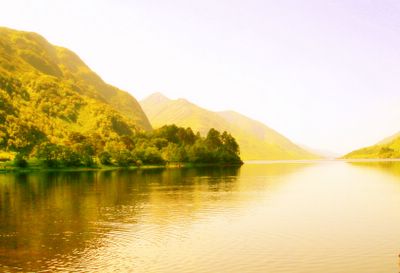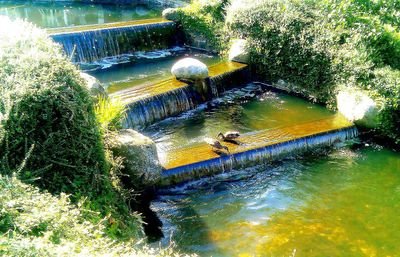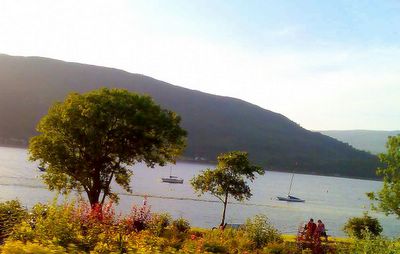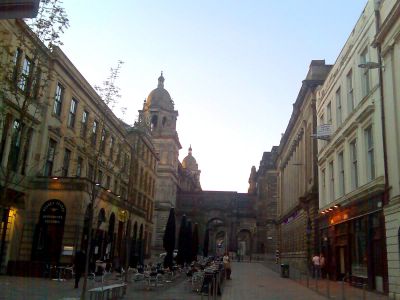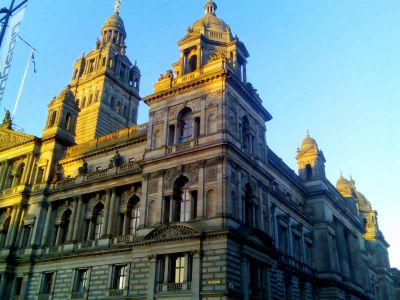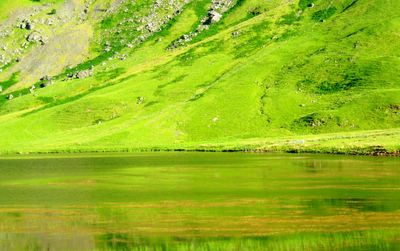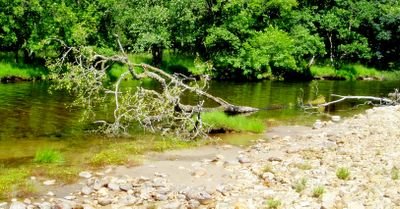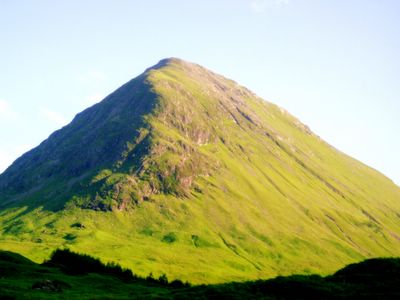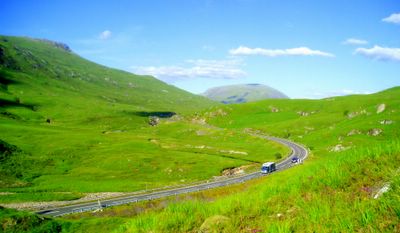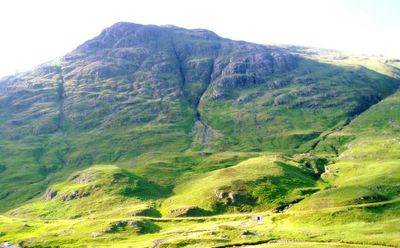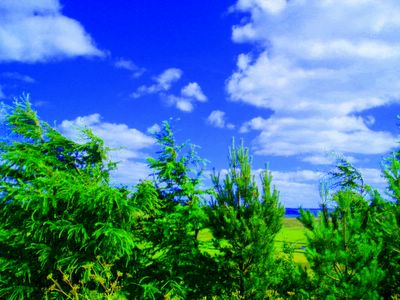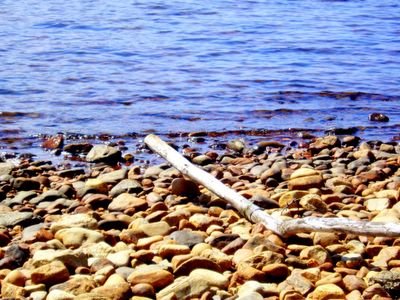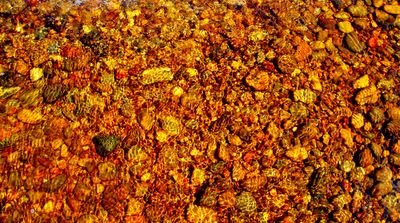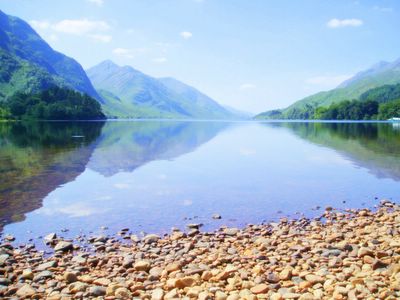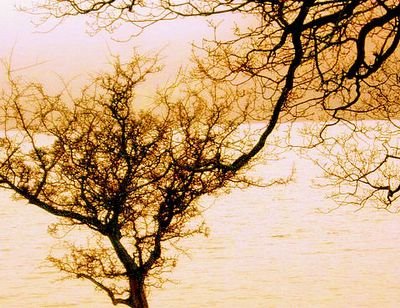
Many deciduous plants flower during the period when they are leafless, as this increases the effectiveness of pollination. The absence of leaves improves wind transmission of pollen in the case of wind-pollinated plants, and increases the visibility of the flowers to insects in insect-pollinated plants. This strategy is not without risks, as the flowers can be damaged by frost, or in dry season areas, result in water stress on the plant. Nevertheless, by losing leaves in the cold winter days, plants can reduce water loss since most of the water would appear as ice.
Picture © 2006 onwards by Dr Himanshu Tyagi. All the photographs in this blog are copyright protected and can not be reproduced or stored in any medium without the written permission from Dr Himanshu Tyagi.
